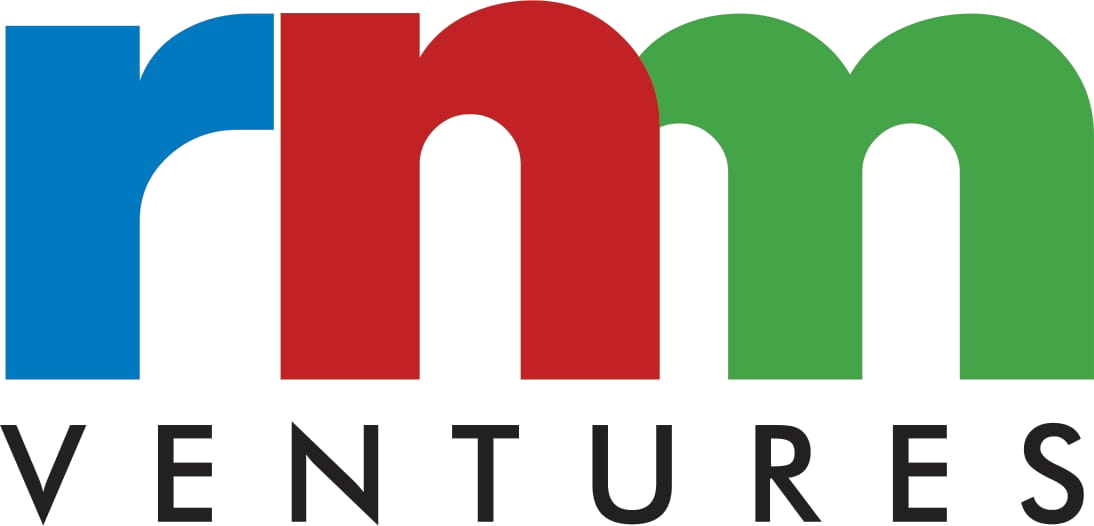Absorption Costing Formula: Accounting Explained
Some accounting systems limit the absorbed cost strictly to fixed expenses, but others include costs that can fluctuate as well. Overall, absorption costing adheres to GAAP principles for inventory valuation and provides a full allocation of all manufacturing costs to inventory and cost of goods sold. But the inventory values and net income figures can vary significantly between periods as inventory levels and production volumes fluctuate.
Both the above methods are accounting techniques that companies use to allocate the cost of production over the total number of units produced. In contrast to the variable costing method, every expense is allocated to manufactured products, whether or not they are sold by the borrow definition end of the period. Under generally accepted accounting principles (GAAP), U.S. companies may use absorption costing for external reporting, however variable costing is disallowed. In summary, absorption costing provides a comprehensive view of production costs for improved decision-making, even though net income may fluctuate more between periods. The absorbed cost is a part of generally accepted accounting principles (GAAP), and is required when it comes to reporting your company’s financial statements to outside parties, including income tax reporting. This is important for financial reporting and decision-making because it takes into account both variable and fixed production costs.
When Is It Appropriate to Use Absorption Costing?
If all of the variables are not considered carefully (including depreciation, administrative expenses, and yearly fluctuations in your expenses), it can give you misleading results. Calculating absorbed costs is part of a broader accounting approach called absorption costing, also referred to as full costing or the full absorption method. Finally, Absorption Costing provides a comprehensive approach to cost accounting by including all manufacturing costs. This ensures no cost is left out, providing a more accurate and complete picture of a company’s financial performance. Absorption Costing is more straightforward for small businesses to track since they probably do not have many products. By anticipating and absorbing fixed costs, companies can sell their goods more reasonably and profitably.
- We will use the UNITS SOLD on the income statement (and not units produced) to determine sales, cost of goods sold and any other variable period costs.
- Net income is derived by subtracting all expenses (COGS and operating expenses) from total sales revenue.
- Period costs are recognised as expenses when incurred, unlike product costs, which are included in the cost of goods sold.
- Furthermore, it takes into account all of the costs of production (including fixed costs), not just the direct costs, and more accurately tracks profit during an accounting period.
- Let’s walk through an example of absorption costing to illustrate how it works.
This is because variable costing will only include the extra costs of producing the next incremental unit of a product. Absorption costing and variable costing are two different methods of costing that are used to calculate the cost of a product or service. While both methods are used to calculate the cost of a product, they differ in the types of costs that are included and the purposes for which they are used. The differences between absorption costing and variable costing lie in how fixed overhead costs are treated. The absorption costing method adheres to GAAP and provides an accurate, full-cost valuation of inventory.
The largest global training provider.
Absorption costing is typically used in situations where a company wants to understand the full cost of producing a product or providing a service. This includes cases where a company is required to report its financial results to external stakeholders, such as shareholders or regulatory agencies. With a higher COGS under absorption costing, gross margin is lower compared to variable costing. On the downside, things can get a little tricky when it comes to making an exact calculation of absorbed costs, and knowing how much of them to include.
Comprehensive Cost Accounting
This intricate accounting method delves beyond material and labour, encompassing every high and minor cost to present a holistic view. As long as the company could correctly and accurately calculate the cost, there is a high chance that the company could make the correct pricing for its products. Over the year, the company sold 50,000 units and produced 60,000 units, with a unit selling price of $100 per unit. Since this method shows lower product costs than the pricing offered in the contract, the order should be accepted. Absorption costing results in a higher net income compared with variable costing.
If overhead costs are not carefully allocated, products may absorb more costs than highest paying accounting jobs they incur. This can lead to inflated product costs and, ultimately, higher consumer prices. Variable overhead costs directly relating to individual cost centers such as supervision and indirect materials.
Additionally, it is not helpful for analysis designed to improve operational and financial efficiency or for comparing product lines. In addition, the use of absorption costing generates a situation in which simply manufacturing more items that go unsold by the end of the period will increase net income. Because fixed costs are spread across all units manufactured, the unit fixed cost will decrease as more items are produced. Therefore, as production increases, net income naturally rises, because the fixed-cost portion of the cost of goods sold will decrease. Variable costs can be more valuable for short-term decision-making, giving a guide to operating profit if there’s a bump-up in production to meet holiday demand, for example. The absorbed-cost method takes into account and combines—in other words, absorbs—all the manufacturing costs and expenses per unit of a produced item, ones incurred both directly and indirectly.








